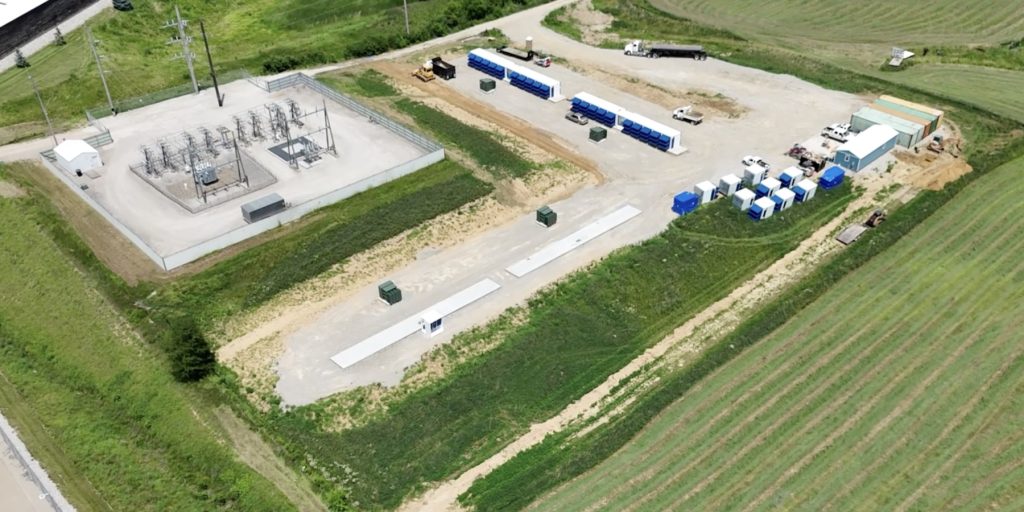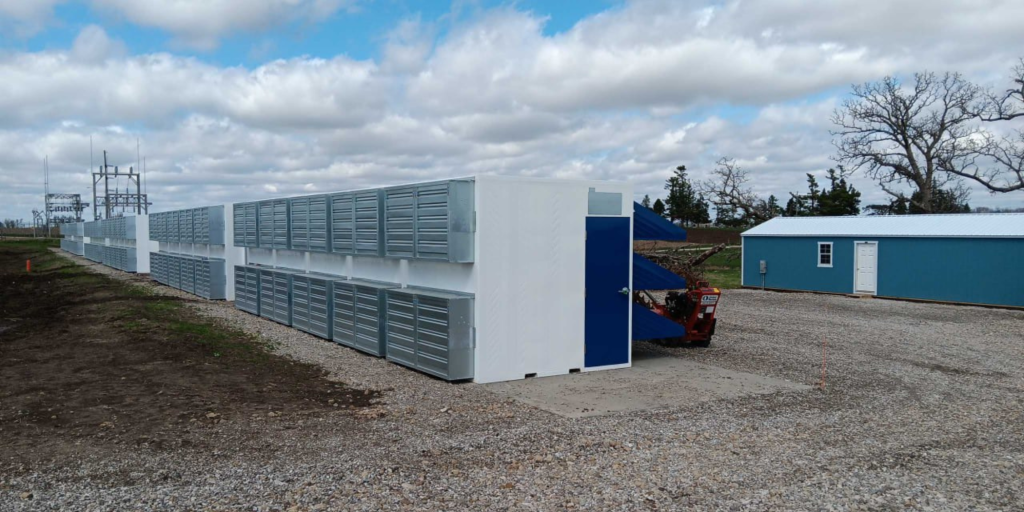
The Best Bitcoin Mining Investment in 2025
High-net-worth and institutional investors often try a few familiar routes: buying and hodling BTC, purchasing shares of public mining companies, or buying mining rigs and paying a hosting service....
Half the Energy, Twice the Scrutiny: Bitcoin vs. Traditional Banking Infrastructure
A data-driven analysis that challenges everything institutional investors thought they knew about Bitcoin’s energy footprint
The Narrative That’s Costing Investors Billions
Investors are walking away from an asset class based on a single, unexamined assumption: that Bitcoin mining consumes too much energy.
But what if the data tells a completely different story?
What if the same energy analysis frameworks used to evaluate data centers, manufacturing facilities, and traditional financial infrastructure reveal that Bitcoin isn’t the villain, it’s actually more efficient than the systems it’s designed to replace?
The uncomfortable truth: While family offices and institutional allocators debate Bitcoin’s energy use, early adopters are quietly building positions in what may be the most misunderstood infrastructure play of the decade.

Here’s the energy consumption reality that rarely makes it into investment committees:
Annual Energy Consumption (TWh):
Source: Galaxy Digital Research, 2021
Let that sink in. The global banking system, with its thousands of branch offices, data centers, ATM networks, armored car fleets, and multi-layered settlement infrastructure, consumes 132% more energy than the entire Bitcoin network.
Yet which one faces scrutiny in your ESG discussions?
Traditional banking requires:
Bitcoin delivers the same core function, transferring and storing value, with a single, globally distributed network that operates 56% more efficiently than traditional banking.
For institutional investors evaluating digital asset infrastructure, consider this framework:
Bitcoin Mining = Critical Infrastructure Investment
Just as you wouldn’t question the energy consumption of:
Bitcoin mining provides the foundational infrastructure for a digital asset ecosystem that operates 24/7/365 with high rates of uptime.
Advanced institutional mining operations aren’t competing for grid energy, they are monetizing waste energy that would otherwise be lost:
Real-World Applications:
Case Study Spotlight: PRTI, a U.S. tire demanufacturing company, transformed methane emissions from decomposed tires into a 500kW mining operation. Result: carbon-neutral operations with additional revenue streams enabling business expansion.
Current data indicates over 50% of Bitcoin’s hash rate now comes from renewable or carbon-neutral sources, a percentage that continues climbing as energy costs drive operational efficiency.
This isn’t corporate greenwashing. It’s market-driven environmental improvement at scale.

While institutional capital debates environmental impact, structural shifts are creating compelling entry points:
Institutional investors who understand these energy dynamics aren’t just positioning for Bitcoin price appreciation, they are building infrastructure positions in the backbone of programmable money.
Early institutional adopters gain:
Energy-efficient Bitcoin mining infrastructure represents a convergence of several macro trends:
The question isn’t whether institutional capital will eventually flow into Bitcoin mining infrastructure that’s already happening, it’s whether your organization will be positioned among the early adopters or paying premium valuations to late-stage entrants.
Your strategic options:
For Family Offices: Direct mining operations offer tax-advantaged wealth preservation with uncorrelated returns and ESG improvement narratives.
For Institutional Allocators: Mining infrastructure provides digital asset exposure through tangible, revenue-generating assets with clear depreciation benefits.
For Alternative Investment Managers: Bitcoin mining offers a specialized asset class with high barriers to entry and significant alpha generation potential.
The energy narrative around Bitcoin mining isn’t just misunderstood, it’s backwards. Smart institutional money is recognizing that efficient mining operations don’t just participate in the digital asset ecosystem, they improve environmental outcomes while generating uncorrelated returns.
Ready to challenge your assumptions with data?
MiningStore specializes in helping institutional investors navigate the complexities of Bitcoin mining infrastructure, from initial due diligence through operational implementation and ongoing optimization.
Schedule a confidential consultation to explore:
Book Your Strategic Consultation
Don’t let outdated energy narratives cost your portfolio the infrastructure investment opportunity of the decade. Learn how investors are turning Bitcoin mining’s energy “problem” into a competitive advantage.
High-net-worth and institutional investors often try a few familiar routes: buying and hodling BTC, purchasing shares of public mining companies, or buying mining rigs and paying a hosting service....
Your Heater Can Mine Bitcoin: The Revolutionary Tech Turning Waste Heat Into Digital Gold Digital Gold Podcast: The Cheapest Power in the World and only Getting Cheaper with Hestia’s...
By Adan Kohnhorst Bitcoin adoption is more widespread than ever before, and that means more people are becoming curious about Bitcoin mining. But in a volatile market, some wonder...
Bitcoin Mining Is No Longer Just for Giants: Institutional Access Starts Here For over a decade, Bitcoin mining has been seen as a domain dominated by industrial-scale operations, massive...
How to Identify Underperforming Bitcoin Mining Setups A Self-Audit for Higher ROI In Bitcoin mining, performance issues aren’t always obvious. Inefficiencies can quietly erode profitability for months before they...
Is the Antminer S19 XP Worth It? Part 1 (Mining Profitability Analysis) Introduction In November, 2021, Bitmain announced a new addition to the Antminer S19-series at the World Digital...